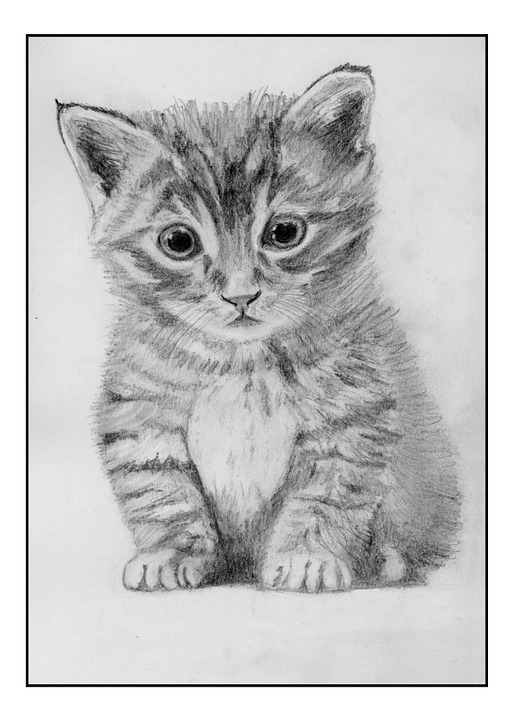Bringing felines to life on paper is an art that requires both practice and understanding. If you’ve ever wondered “how to draw a cat step by step,” you’re not alone. Many artists, both amateur and professional, often grapple with capturing the elusive grace of our feline companions. Leveraging tools like XPPen can also aid in honing your skills and expanding your artistic versatility. This article aims to guide you through a series of expert tips and exercises, complemented by technological aids like XPPen, to help refine your skills and master the art of cat drawing.
Our first stop on this voyage will be to recognize that cats, like people, have different facial traits and bodily architecture. You must comprehend their anatomy to portray them authentically. Cat anatomy is different, with a flexible spine, retractable claws, and a distinctive skull shape. Paul Richer, a well-known artist, and author, shows this well in his book ‘Artistic Anatomy.’ He emphasizes the importance of understanding the subject’s skeletal and muscular anatomy before attempting to sketch it.
Furthermore, while it may appear unrelated, learning “how to draw a wolf step by step” will help you improve your cat-drawing skills. The reason for this is that both animals have comparable features, such as a sharp snout and expressive eyes. Learning to draw diverse animals improves your observational abilities as well as your ability to capture different forms and structures.
Remember that cats are made up of soft curves rather than rigid lines when sketching. Take note of the cat’s body language as well. Are they at ease, playful, or cautious? Including these emotions in your picture can make it more realistic and vibrant. To simulate the texture of fur, use light, rapid strokes. Begin with a basic sketch and progressively add details, keeping the direction of the fur development in mind.
Start with easy poses before progressing to more complex ones. Begin with a seated or reclining cat before attempting to sketch a cat mid-leap or playing. Use tools like XPPen to create more precise outlines and shapes, which can greatly enhance your learning process. Practice is necessary for every skill. Draw regularly and don’t be discouraged by your first attempts. Whether you’re sketching on a traditional canvas or using the XPPen on a digital platform, remember that every great artist started with a blank canvas and a burning passion to create.
Mastering cat sketching can be a rewarding experience whether you’re drawing for fun, wanting to be a professional, or looking to add felines to your artistic portfolio. It will take time and patience, but with experience and the appropriate methods, you will be able to bring felines to life on paper in no time. Remember, at its foundation, art is about expressing your unique point of view and sharing it with the rest of the world.
Coloring techniques are very important in improving the realism of your cat pictures. When working with color, it’s critical to remember that fur isn’t just one color. Tabby cats, for example, have a variety of colors such as brown, black, and grey. Similarly, a white cat is a mix of soft grays, blues, and yellows rather than pure white. You may add depth and texture to your art by observing and implementing these small variances. Renowned artist Johannes Vermeer was notoriously conscientious about color gradations, which is one of the reasons his paintings, such as “Girl with a Pearl Earring,” continue to enchant audiences centuries later.
If you want to highlight the unique personality features of the cat you’re sketching, you might want to include props or a scene. This could be anything as simple as a yarn ball, a mouse toy, or even a favorite napping area. The presence of such features conveys information about the cat’s preferences, behaviors, and even lifestyle. As a result, your drawings will not only capture physical likenesses but will also reflect personalities, making your work more interesting and approachable.
To summarize, drawing cats is a complex process that includes an understanding of anatomy, careful observation, mastery of sketching and coloring techniques, and an appreciation for the subject’s personality. While the technique may appear difficult at first, each sketch represents a step forward in your artistic path. Keep working, keep curious, and remember that, like with other art forms, expressiveness is the goal, not perfection. Whether you’re drawing a majestic lion or your pet tabby, the goal is to capture the essence of the feline and offer a bit of their enthralling world.
